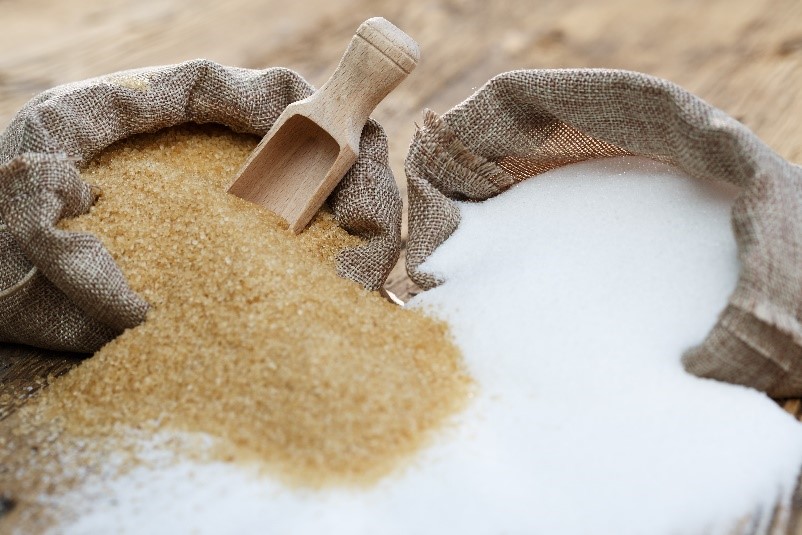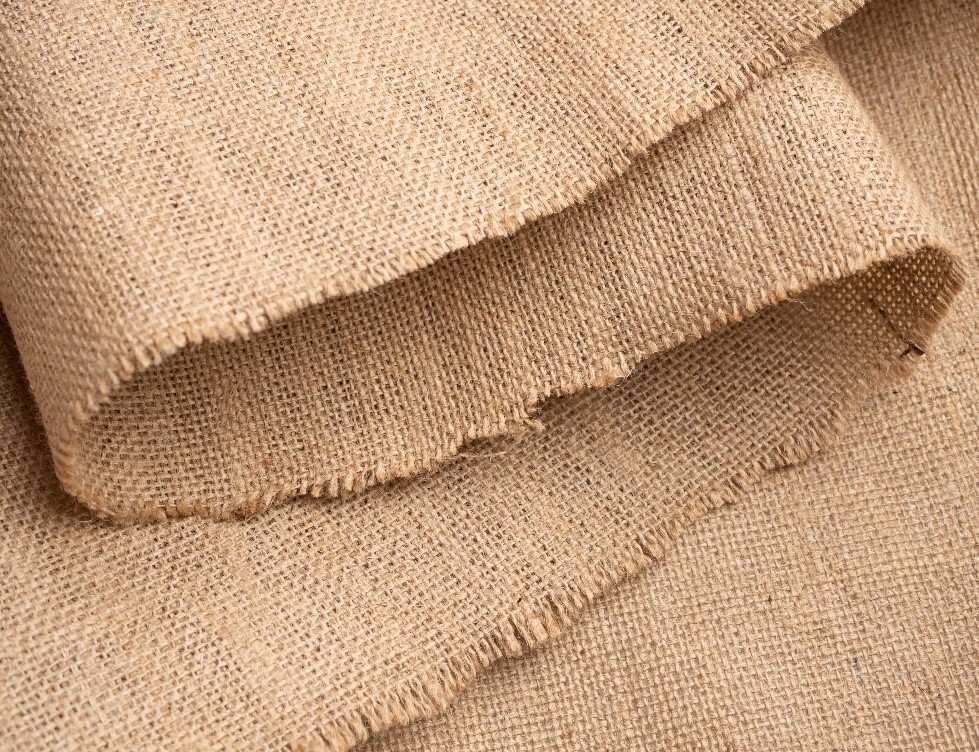Sugar
Product Description
There is a wide variety of sugars that we consume regularly, ranging from naturally occurring sugars in fruits, vegetables, and milk, to sugars like raw sugar, table sugar, molasses, and glucose, which are added to both cooked and packaged foods.
Although each type of sugar may have a slightly different chemical composition, the way our bodies digest and metabolize them remains the same. Regardless of the type, they all provide the same amount of energy per gram when consumed.
Table sugar, also known as sucrose, is the common white sugar that we use in cooking, baking, or adding to our tea at home. Sucrose is composed of one glucose molecule and one fructose molecule, making it a 50-50 combination of glucose and fructose. The sucrose used in table sugar is extracted from the sugar cane plant.
Usage:
Table sugar, also known as refined sugar, serves multiple purposes in the realm of food and beverages. Apart from imparting sweetness to coffee and baked goods, it possesses distinctive properties that make it a valuable ingredient for food manufacturers. Its unique attributes contribute to the overall appearance, texture, and shelf life of various food and drink products. Sugar plays a crucial role in enhancing the color of baked goods and acts as a preservative, flavor enhancer, and bulking agent. Additionally, it finds application in numerous sauces, syrups, and beverages to enhance viscosity, resulting in a thicker consistency and a more satisfying mouthfeel. To delve deeper into the functions of sugars in food and drinks, further exploration is encouraged.
Production:
The sugar output is influenced by various factors, including weather conditions, geopolitical events, and local politics. The projected increase in production for the 2023-2024 season can be attributed to the expansion of sugar cultivation areas in Brazil and India. Despite a 12% decline in production from Russia, the growth in these two countries compensates for the overall decrease.





